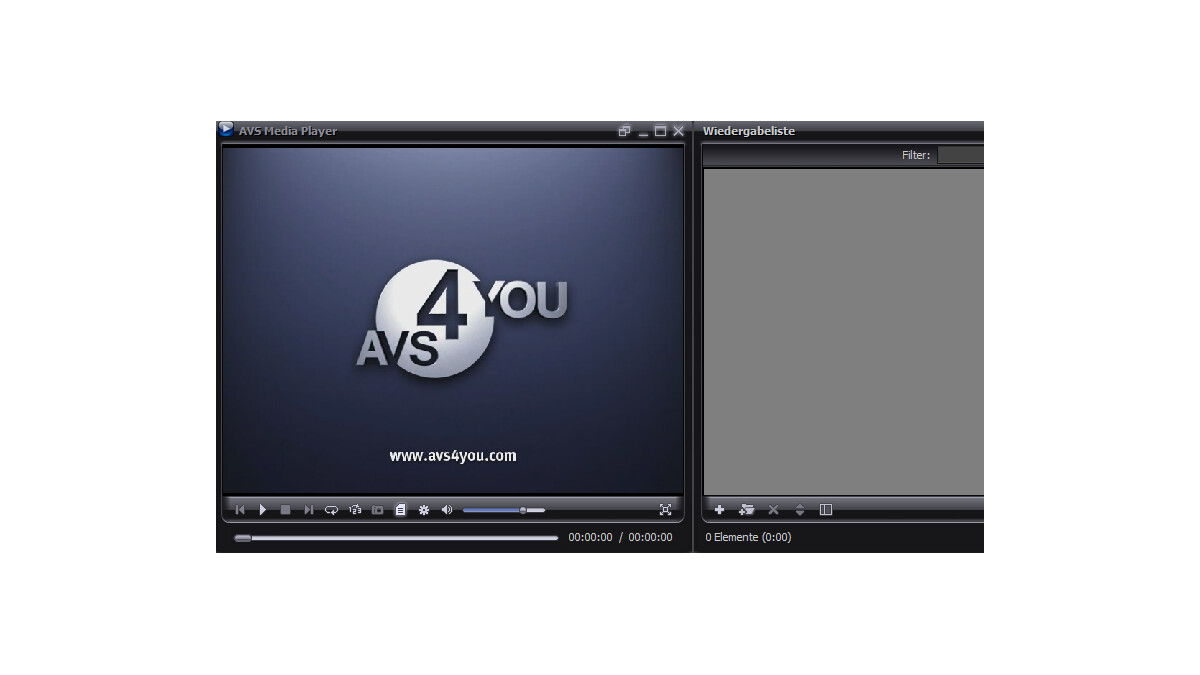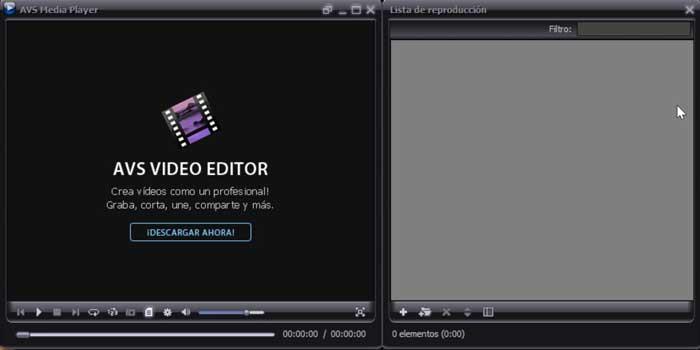
For the latter use the right mouse button within the Playback Window and select Speaker Configuration -> Calibration. Or use the Speaker Calibration feature of the AVS Media Player. Move yourself in your room so that the distance between you and all the speakers were the same If you want to further increase the impression from the movie, you will need to setup your audio environment correctly. Setting AVS Media Player audio parametersĪnd that's not all yet. When the files are added, use the player controls to playback them. Now you can add different video files to it using the Add files or Add folders buttons located in the bottom part of the Playlist window: But if you plan to watch several files, it is better create a list of the files for the playback so that you will not need to open them one by one - AVS Media Player will do it for you.Ĭlick the Playlist button to open the Playlist window: In the opened Windows Explorer window select the place on your computer HDD where the video file is stored and press the Open button:Īfter the video file opens you can start watching it right away. To do that right-click within the Playback Window and select the Open File(s). To select your video file you will need to locate a folder with it on your computer hard disk drive. Run AVS Media Player and select your input video file

After the download is finished, run the AVSMediaPlayer.exe file and follow the installation wizard instructions. Read step-by-step instructions below on how to playback your home video files collection on your personal computer using AVS Media Player.Ĭlick here to get it.
See a full list of Supported Formats here.


Video files: Audio Video Interleaved Files (*.avi), MPEG Video Files (*.mpg *.mpeg *.mpe *.mp4 etc.), Windows Media Video (*.wmv *.asf *.asx), Video CD (*.dat), QuickTime Movie (*.mov *.qt), Mobile Video (*.3gp *.3gpp *.3g2 *.3gp2), DV Files (*.dv), Microsoft Digital Video Recorder (*.ms-dvr *.dvr-ms), Google Video Files (*.gvi), OGG Video Files (*.ogm), Matroska Video Files (*.mkv), Flash Video (*.flv).Īudio files: WAV Files (GSM, ADPCM, DSP and others), MP3 (MPEG-1/2 Layer 3, including VBR), MP2 (MPEG-1/2 Layer 2), M4A Files, WMA (Windows Media Audio 9), Ogg Vorbis (ver 1.0), AAC Files, MPC (MusicPack), AIFF (Apple), AU (UNIX). AVS Media Player supports the playback of the following video and audio file types: You will need to have a player that will let you playback media files of various formats - video and audio. Turning your personal computer into a multimedia center is quite easy. How to playback video files using Media Player?


 0 kommentar(er)
0 kommentar(er)
